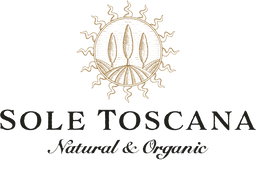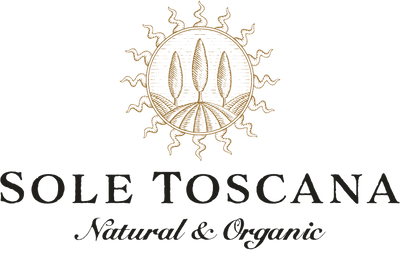If you are the sporty type, chances are you have or have had blisters. Blisters happen to both professional and amateur athletes. Today's post delves deep into this nasty topic and provides you with preventive and treatment measures for blisters.
What causes them?
Too much friction between your skin and other objects, like your running shoes or weights causes blisters. The two layers of your skin (dermis and epidermis) separate, crack, and fill with fluid. If the friction tears blood vessels, blood seeps into the cracks.
Blisters in sports and how to prevent them from occurring
If you participate in sports that involve intensive gripping such as climbing, baseball, gymnastics, or weightlifting, you're prone to blisters. Sports that include lots of footwork, accelerating, and decelerating will give you blisters. Such sports include soccer, basketball, football, and other similar games.
When it comes to blisters, prevention is better than attempting to treat them later. Here are several ways you can prevent blisters.
WEAR WELL-FITTING SHOES.
Wearing undersized or oversized shoes is probably the most significant source of blisters. When buying shoes, always go for comfort instead of looks if you want to avoid blisters.
SOCKS
Don't use any random pair- you need sports socks. They have reinforced heels and toes to protect your feet from excess friction.
CREATE A BUFFER
If you already have blisters, use medical tape or paper tape to cover the affected area until it recovers.

Treatment and recovery for blisters
First, check to see if the blister is still closed or torn open. One mistake most people make is to tear the top layer of skin. However, blisters are the skin's natural reaction to friction and forms them to protect the deeper layers of the skin. Thus tearing the blister does more harm than good.
Friction blisters usually heal on their own if a person keeps them clean and dry. Popping them will increase the likelihood of germs getting into the wound and causing an infection. However, according to the American Academy of Dermatology (AAD), it may be advisable to drain a friction blister that is large or very painful to ease the discomfort.
The following steps will help you to drain the blister:
- Clean the blister and the skin around it with antiseptic liquid.
- Squeeze the blister until the surface breaks.
- When you've drained all the fluid, apply a cleansing ointment and cover the area with a bandage.
When recovering from blisters, take your hygiene seriously. Infections can enter your bloodstream through the infected area and cause harm.
By taking the proper precautions, you're less likely to get blisters and more likely to recover reasonably quickly once they appear.
With love,
The Sole Toscana Beauty Team


